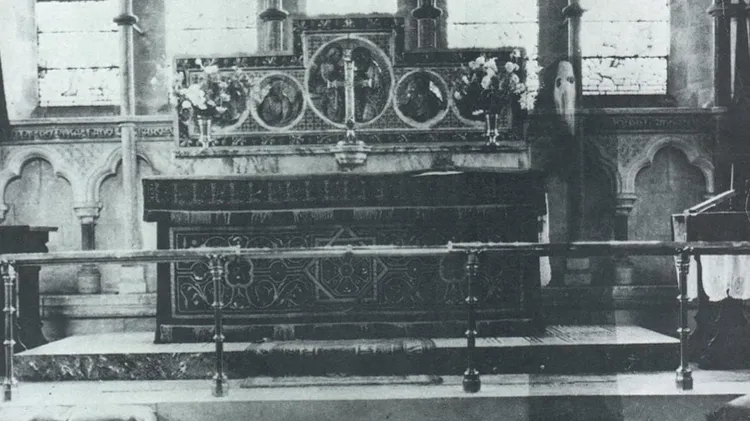Catholic Church takes a fresh approach to assessing claims of the supernat
The vatican x-files
4 min read
This article is from...
Read this article and 8000+ more magazines and newspapers on Readly






